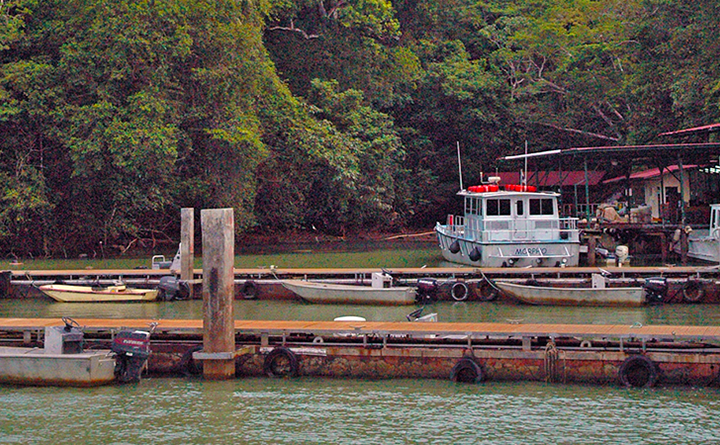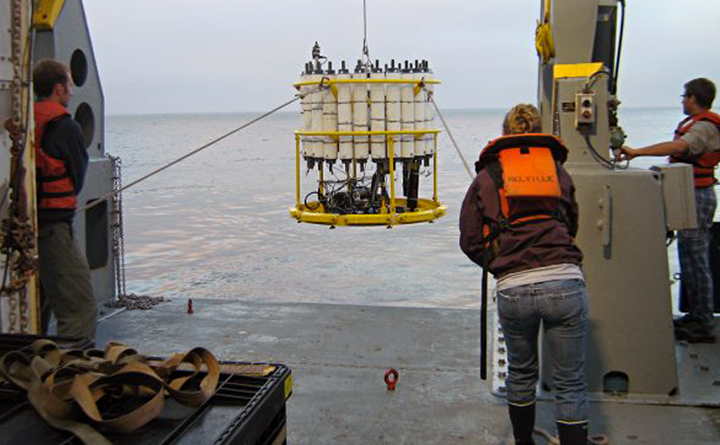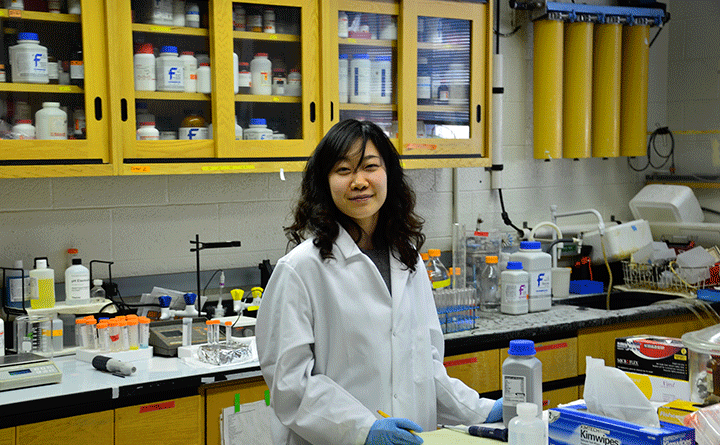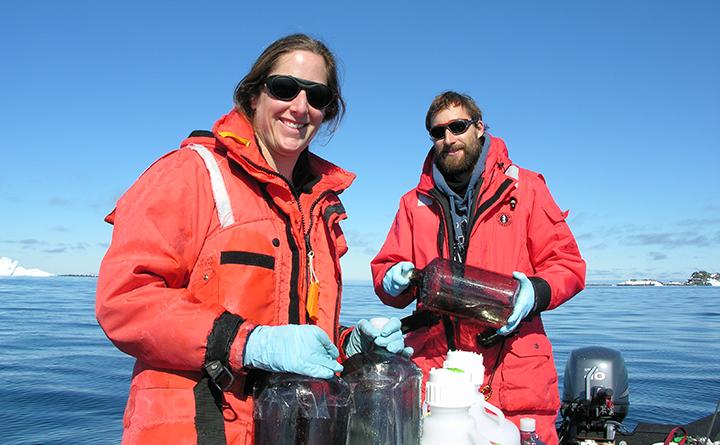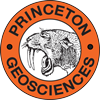Environmental Chemistry and Microbiology of Trace Metals
Some trace metals such as iron and zinc are essential for life and their low concentrations sometimes limit the growth of organisms. Other metals such as mercury and cadmium are pollutants that sometimes reach toxic concentrations in the environment. Our research deals with the chemical and biological mechanisms that determine the transformations, the biological uptake, the physiological and ecological effects, and the global cycling of trace metals in the environment. By catalyzing biological transformations as cofactors of key enzymes, trace metals also play a critical role in the global cycles of the major elements of living matter, carbon, nitrogen and phosphorus (C, N and P). One of our research themes (sometimes called “environmental bioinorganic chemistry”) is the elucidation, at both the molecular and the global level, of the linkages between the cycles of trace metals and those of C, N and P.
We approach our work with a mix of laboratory and field experiments using a variety of chemical, microbiological, and genetic tools, as appropriate. Our work is also informed by theoretical considerations from a number of disciplines ranging from bioinorganic chemistry to geology and ecology.
Research Themes:
 Ocean Acidification Ocean AcidificationOur aim is to understand the physiological response of marine phytoplankton to the direct and indirect chemical and physiological changes caused by ocean acidification. |
 Inorganic Carbon Acquisition by Phytoplankton Various species of microalgae are known to compensate for low CO2 availability by operating different types of carbon-concentrating mechanism (CCM). Inorganic Carbon Acquisition by Phytoplankton Various species of microalgae are known to compensate for low CO2 availability by operating different types of carbon-concentrating mechanism (CCM). |
 Metal Complexing Agents Metal Complexing AgentsIn natural waters and in culture media, the bioavailability of trace metals to microorganisms depends on their binding to a variety of weak and strong complexing agents. |
 Metal Uptake by Phytoplankton Metal Uptake by PhytoplanktonIn the surface oceans, essential trace metals such as iron (Fe) and zinc (Zn) are present at extremely low concentrations, in the nanomolar to picomolar range. The bulk of these metals is bound in highly stable organic complexes. |
 The Biological Role of Cadmium The Biological Role of CadmiumCadmium, (Cd), an element which has been thought to be only toxic to organisms, behaves exactly like a nutrient in the sea: it is depleted to very low concentrations as result of biological uptake at the surface and remineralized at depth. |
 The Role of Metals in Nitrogen Cycling in Soils The Role of Metals in Nitrogen Cycling in SoilsWe are interested in understanding how metal availability affects nitrogen fixation in terrestrial ecosystems. |
 Mercury Cycling and Methylation Mercury Cycling and MethylationMercury is one of the most toxic trace elements. Because of the volatility of elemental mercury (Hg0) and the high reactivity of the mercuric ion (Hg2+), it is also one of the most elusive. |
An Archive of Past Research Over the years, the research activities in the Morel group have been focused principally on the related research themes of the chemical speciation of trace metals in natural waters, the interactions between trace metals and aquatic microorganisms, and the role of trace metals in controlling the biogeochemical cycles of bioactive elements. |



